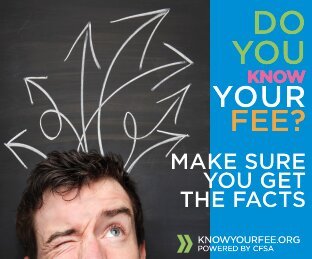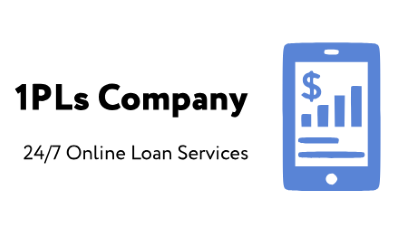Yesterday, as we blogged, the FDIC released a study showing that 821,000 households opted out of the banking system from 2009 to 2011 and that the unbanked population grew to 8.2 percent of U.S. households.
As a Washington Post article points out today, roughly 17 million adults are without a checking or savings account. Another 51 million adults have a bank account, but use pawnshops, payday lenders, or rent-to-own services, the FDIC said.
This goes to show that consumers are making the choice to use alternative financial services. As a reminder, there are certain requirements that a customer must have in order to obtain a payday advance:
- An active checking account,
- Proof of regular income,
- Proper identification,
- Upon completion of a simple application and approval, a borrower must read and sign an agreement containing disclosures required by the Truth in Lending Act (TILA), and
- Write a personal check for the amount of the advance plus the fixed fee.
When customers start to migrate and make the choice to use our services—which have collectively been called “alternative” but are now evident to be mainstream—this should be a tell-tale sign that consumers have the competency to pick what financial option works best for their given situation. More options for the consumer will force banks to lower prices and become more competitive in the marketplace. When this happens, consumers benefit.
Even payday industry critics understand the consumer’s rationale for choosing to use non-bank services:
“Banks need to have pricing and practices that consumers can trust and allow them to build wealth and have economic mobility,” said Deborah Goldstein, chief operating officer at the Center for Responsible Lending. “If the account fees will leave them worse off, then its going to be a challenge for people to use banking services.”







